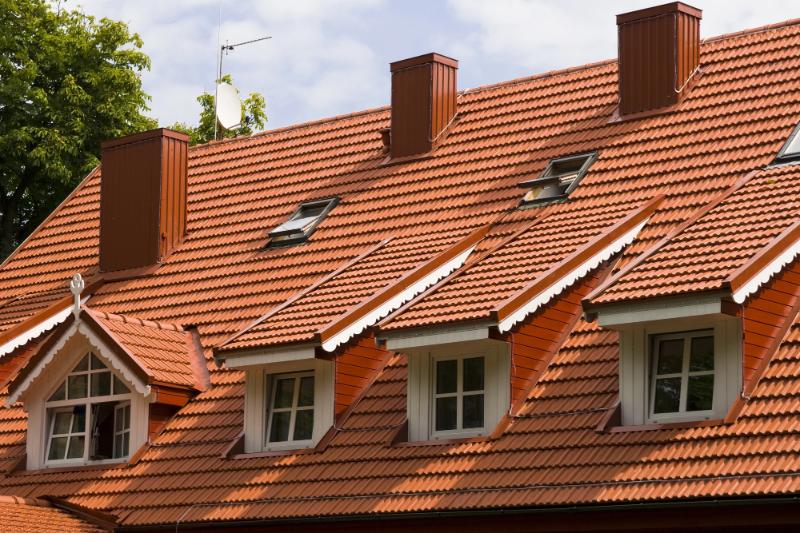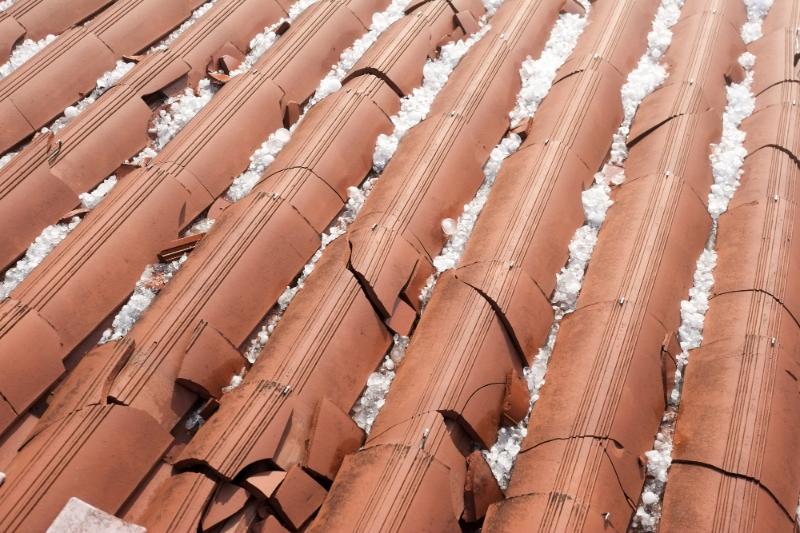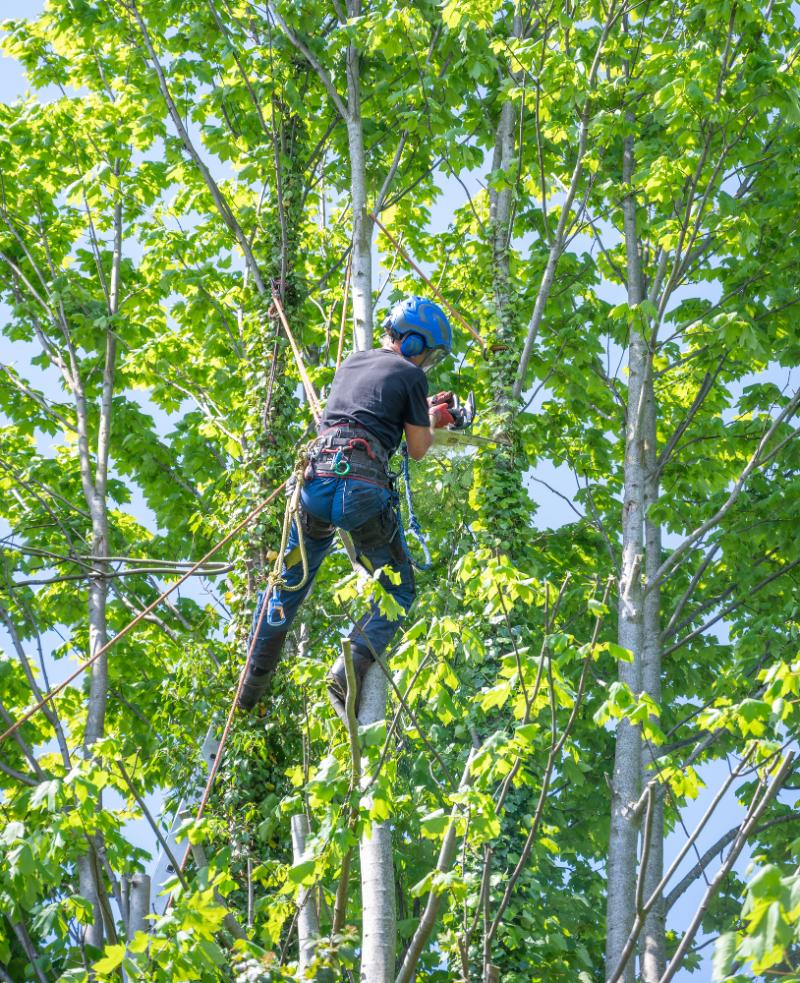The force and impact of a hailstorm can cause visible destruction. After the storm, homeowners face a number of challenges, especially with their tile roofs. While tiles are durable and attractive, the forces of nature can still damage them.
If your home has gone through a hailstorm, quick and thorough roof maintenance is a must to protect your investment and your family. To get your roof back in tip-top shape, here are 7 practical maintenance tips to guide you through restoring your tile roof after a hailstorm.

1. Consider a Professional Roof Inspection
After a hailstorm, your first step should be hiring a professional roofer for a thorough inspection. These experts can identify damages invisible to the untrained eye, like hairline cracks on tiles that may worsen if ignored. Their inspection also checks for structural integrity, protecting your home from leaks or collapses.
Roof inspectors can offer a detailed report, which is valuable for insurance claims. As mentioned by professionals from Highlands Ranch roofing company, roof inspection is important for identifying potential issues and ensuring the structural integrity of your home. Early detection and repair are crucial for prolonging your tile roof’s lifespan and reducing future repair expenses.
2. Clear Debris to Maintain Integrity
Once the roof has been inspected, the next step is to clear your tile roof of any accumulated debris, such as leaves, twigs, and dirt. These materials can retain moisture and cause the tiles to deteriorate over time. Besides contributing to wear and tear, debris can block water flow, leading to potential leaks into your home.
Keeping the roof clear and ensuring proper water flow through gutters and downspouts reduces water damage risk. Regular cleaning prevents mold and algae growth, strengthening the roof structure and maintaining your home’s appeal. Clearing the roof preserves integrity and extends the life of your roof.
3. Check for Elusive Leaks
Detecting leaks post-hailstorm is key to taking care of your roof. While some leaks are easy to see, others aren’t as obvious. Signs of a likely leak include water stains, peeling paint, and mold. Spotting and fixing leaks early prevents more damage to your roof, attic, and home interior.
To check for leaks, you can use a garden hose to simulate rainfall while someone inspects the underside of the roof from inside the attic. If any signs of water intrusion are found, contact a roofer immediately for repairs.
4. Replace Damaged Tiles

Even if your tiles look intact after a hailstorm, checking for hidden damages is a good idea. Small chips or cracks may not seem like a big deal, but if left unrepaired, they can lead to more significant issues in the future. Replace damaged tiles promptly to maintain the structural integrity of your roof and prevent water from leaking through.
If you are confident in your DIY skills, you can replace the tiles yourself. Otherwise, it is best to leave it to a roofing contractor to ensure the replacement is done correctly and with the right materials.
5. Inspect the Flashing and Sealants
Flashing and sealants help safeguard your roof against water damage, especially after a hailstorm. These materials protect the most vulnerable parts of your roof, such as valleys, perimeters, and penetrations, from water intrusion. Inspect these areas for any signs of damage or wear, such as lifted, bent, or torn flashing and cracked or peeling sealant.
Even small compromises in flashing and sealants can lead to significant water damage over time. Having a roofing company repair or replace these components can prevent costly leaks and extend the lifespan of your roof.
6. Trim Overhanging Branches
Overhanging branches pose a risk to your roof at all times, but especially so after a hailstorm. They can damage roof tiles, leading to breakage during high winds or subsequent storms. Trimming these branches back prevents damage and reduces debris accumulation on your roof, improving water flow and reducing moisture.

Keeping trees well-trimmed reduces pest habitats near your roof, lowering the risk of infestations. Hiring a professional arborist for safe and effective trimming preserves tree health and protects your home.
7. Consider Upgrading to Impact-Resistant Tiles
Living in an area prone to severe weather like hailstorms? Consider impact-resistant roof tiles. They’re designed to withstand hail impact, reducing storm damage risk. Though pricier upfront, they save money long-term by cutting repair costs post-hailstorm.
Consult a trusted roofer to determine if impact-resistant tiles suit your home and budget. These durable tiles are aesthetic but also do a great job of providing additional protection when you need it most.
Your tile roof is a significant financial investment. If your area has recently experienced a hailstorm, don’t delay when it comes to evaluating and addressing any damage to your roof. The steps outlined above can help ensure your tile roof remains in peak condition. Commit to regular inspections and timely repairs, and you will have a roof that stands the test of time and endures nature’s wildest weather.
